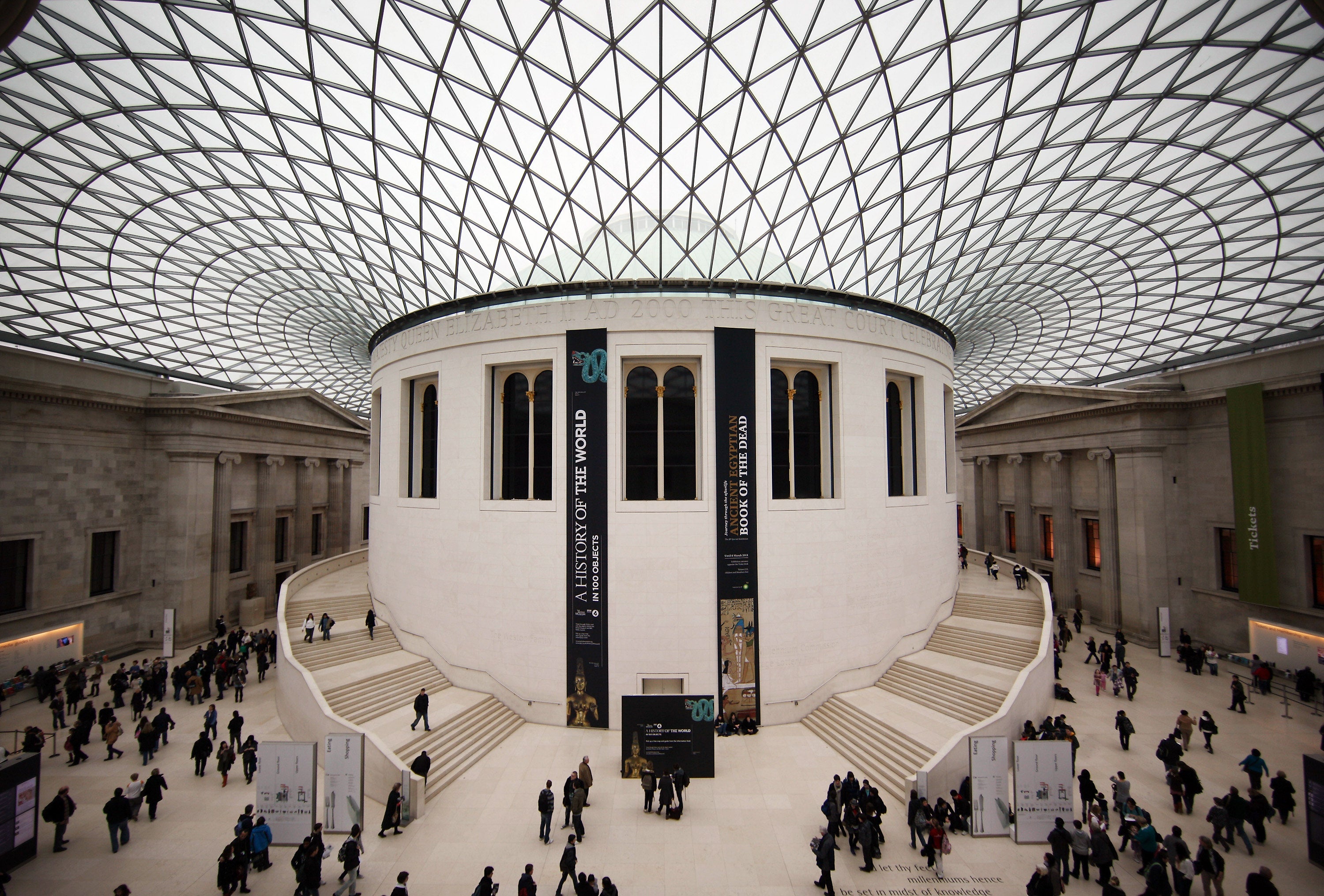Iron Age swords seized at Heathrow revealed to be glued together fakes
Discovery calls into question authenticity of ancient Iranian swords held by many museums, scientists say

Your support helps us to tell the story
From reproductive rights to climate change to Big Tech, The Independent is on the ground when the story is developing. Whether it's investigating the financials of Elon Musk's pro-Trump PAC or producing our latest documentary, 'The A Word', which shines a light on the American women fighting for reproductive rights, we know how important it is to parse out the facts from the messaging.
At such a critical moment in US history, we need reporters on the ground. Your donation allows us to keep sending journalists to speak to both sides of the story.
The Independent is trusted by Americans across the entire political spectrum. And unlike many other quality news outlets, we choose not to lock Americans out of our reporting and analysis with paywalls. We believe quality journalism should be available to everyone, paid for by those who can afford it.
Your support makes all the difference.A cache of 3,000-year-old Iranian swords seized at Heathrow Airport have been revealed to be fakes created using ancient hilts and blades.
Collectors and museums began widely acquiring Iranian weaponry from the Iron Age after they were first discovered in the 1920s, becoming a popular item of display and research.
Yet several swords seized at UK customs and held at the British Museum were revealed, using a scanning technique called neutron tomography, to be modern forgeries created by glueing together different parts of ancient swords in a bid to increase their value to potential buyers.
In a new study published in the Journal of Archaeological Science, the scientists warn the discovery of these false “pastiches” calls into question the authenticity of Iranian swords purchased by museums or donated to them, as many have never undergone scientific analyses.

By scanning the swords, the scientists found evidence of glue, lead solder and drill holes used to connect copper-alloy blades onto different hilts, replacing formerly iron blades which had deteriorated by the time they were discovered. Bizarrely, a fragment of a modern drill bit had been left inside one of the swords.
Instead of the small stumps of iron that are often all that is left of the blades in ancient swords when they are discovered in Iran, the forgers attached different blades made of bronze, likely to make them seem in better condition to potential buyers.
While many such swords still contain a small core of the original iron, previously catalogued by a curator as a “remarkable technical feature”, the study says it “conclusively” shows these iron cores were in fact merely a result of modern tampering.
However, ancient swords actually created using both iron and bronze are important in helping archaeologists to understand the transition between the Bronze and Iron Ages that took place in the Near East from around 1,000 BC.
While the study found several of the swords had genuinely contained both iron and copper alloy prior to being tampered with, lead author Alex Rodzinka, a PhD student at Cranfield University in Bedford, warned illicit modifications make the task of understanding this ancient transition much more complicated.
Dr Erb-Satullo said: “Iran has been a centre of metallurgical innovation for thousands of years, though many aspects of these traditions are poorly known.
“Separating ancient practice from modern forgery using advanced imaging techniques is an important step in bringing greater recognition to these early traditions of complex metallurgy.”
Speaking to The Times, he said the study highlights not just how widespread such forgeries are, “but also that this is negatively impacting our understanding of this technological transition of global importance, the beginning of iron”.
Dr Erb-Satullo added: “Looting objects and bringing them to market dramatically damages our understanding of the past.”
Join our commenting forum
Join thought-provoking conversations, follow other Independent readers and see their replies
Comments